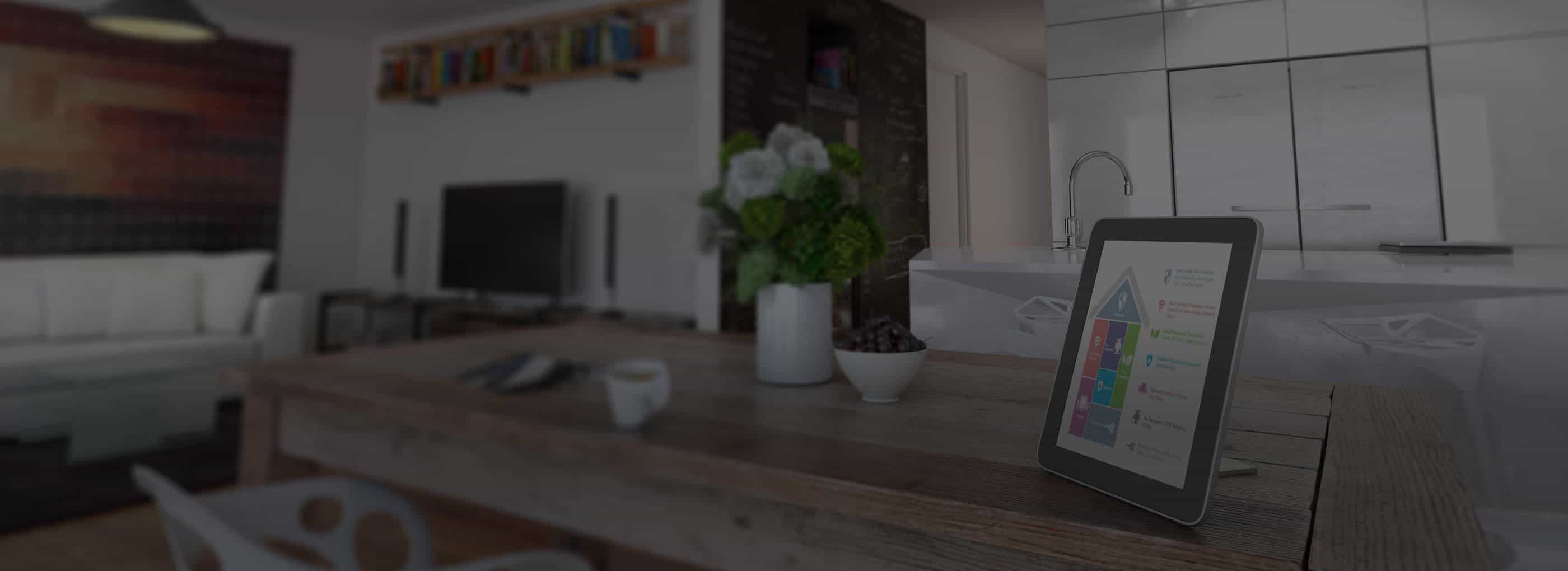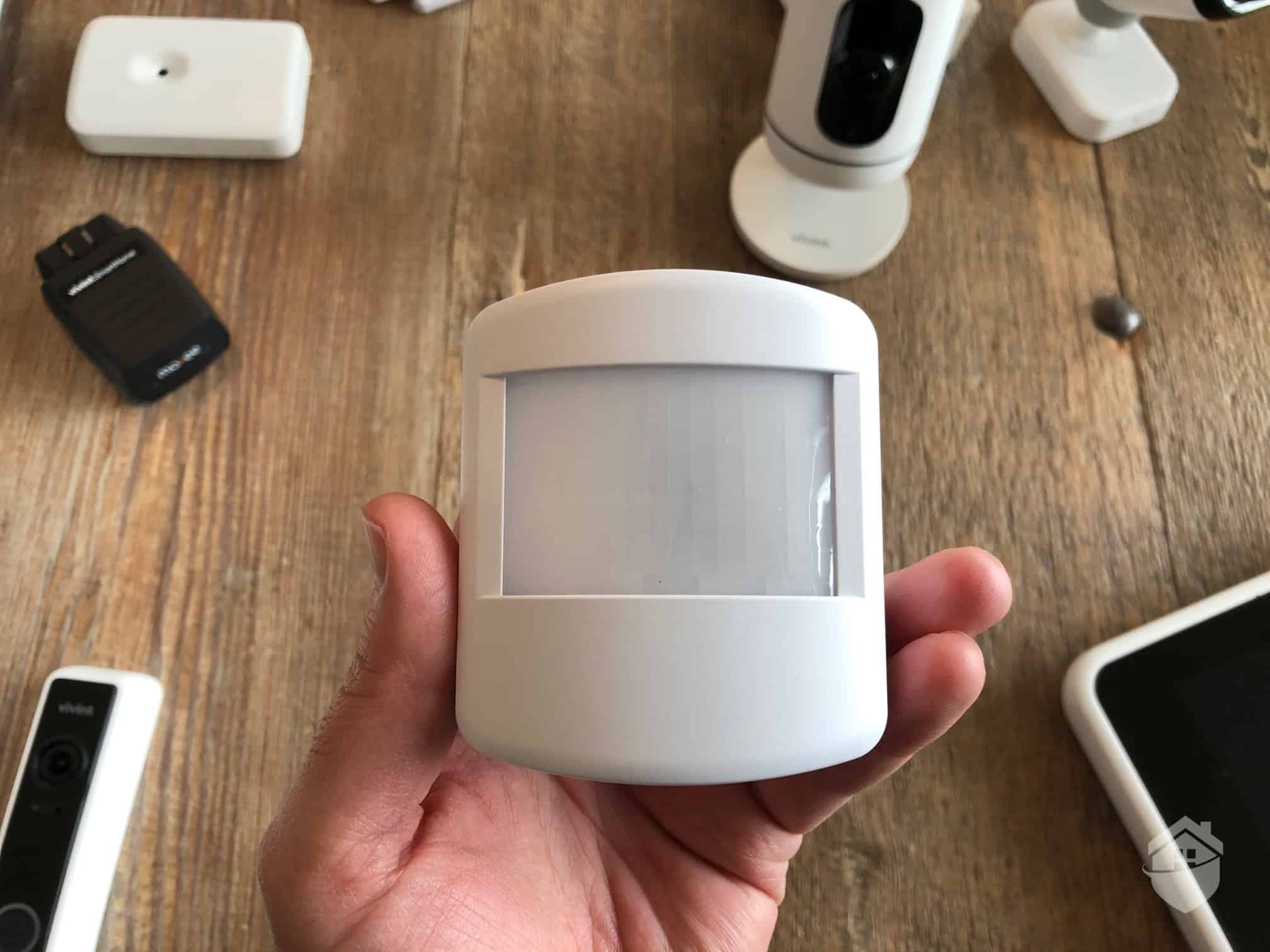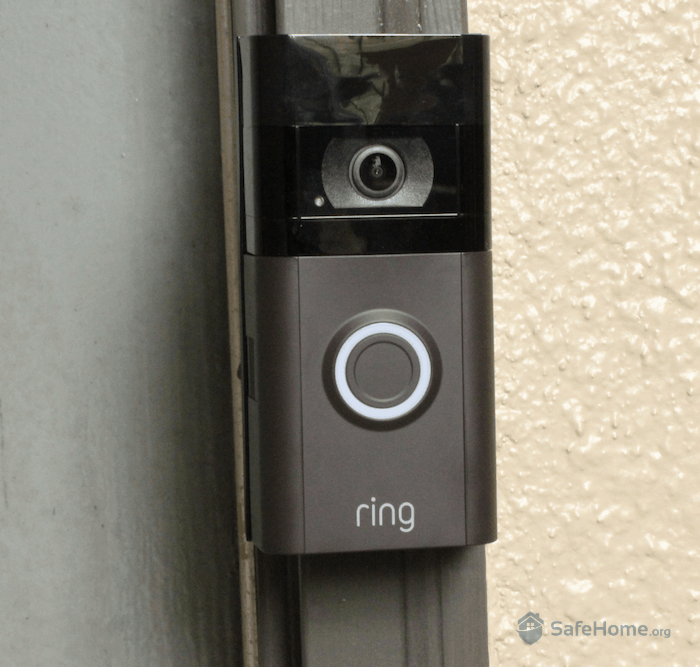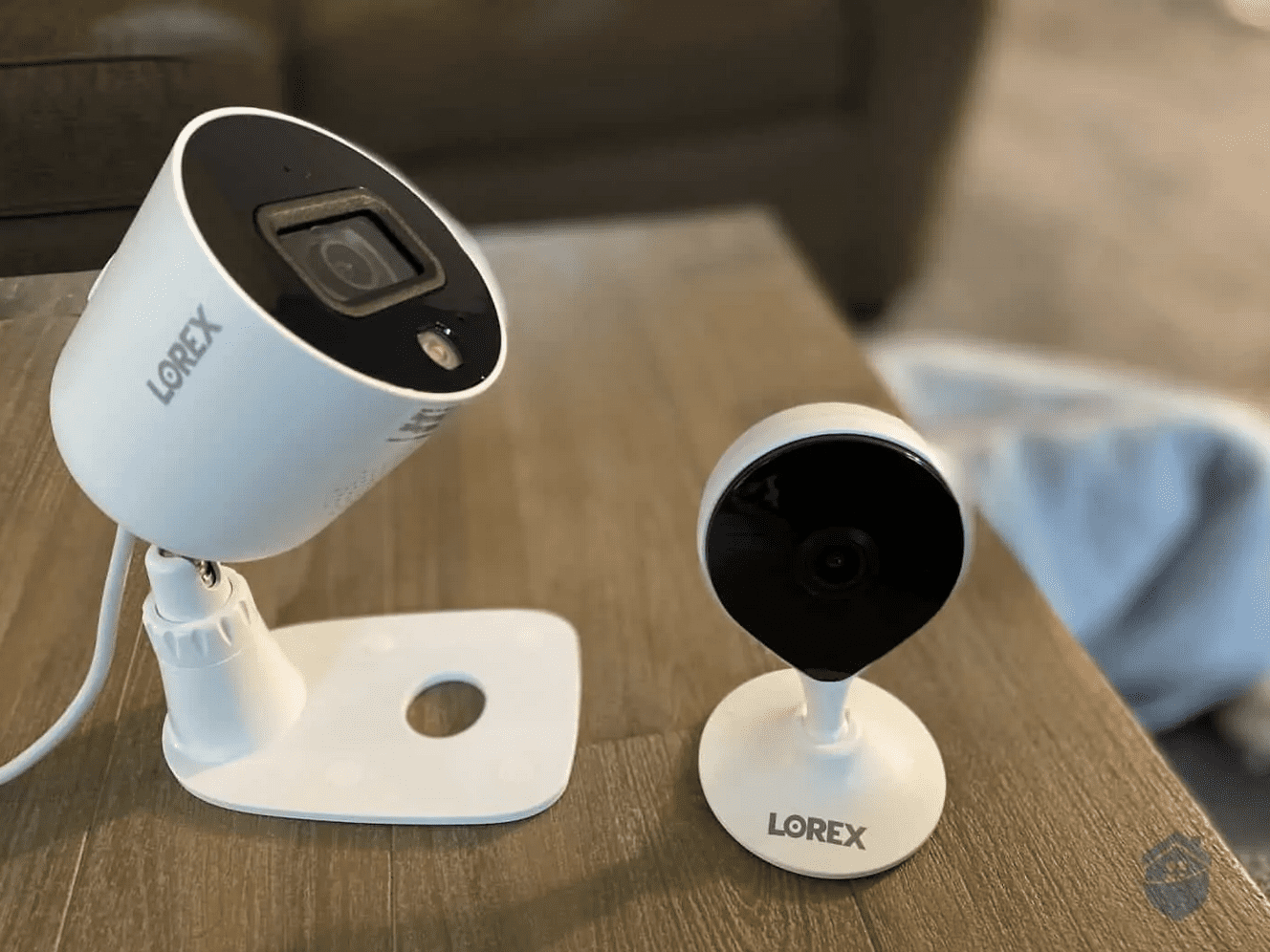Editor’s Note: While the cameras in this guide like Lorex offer great image quality, we recommend ADT for higher-quality security components. ADT also has smart cameras with exceptional image quality. Check out our ADT review to learn more.
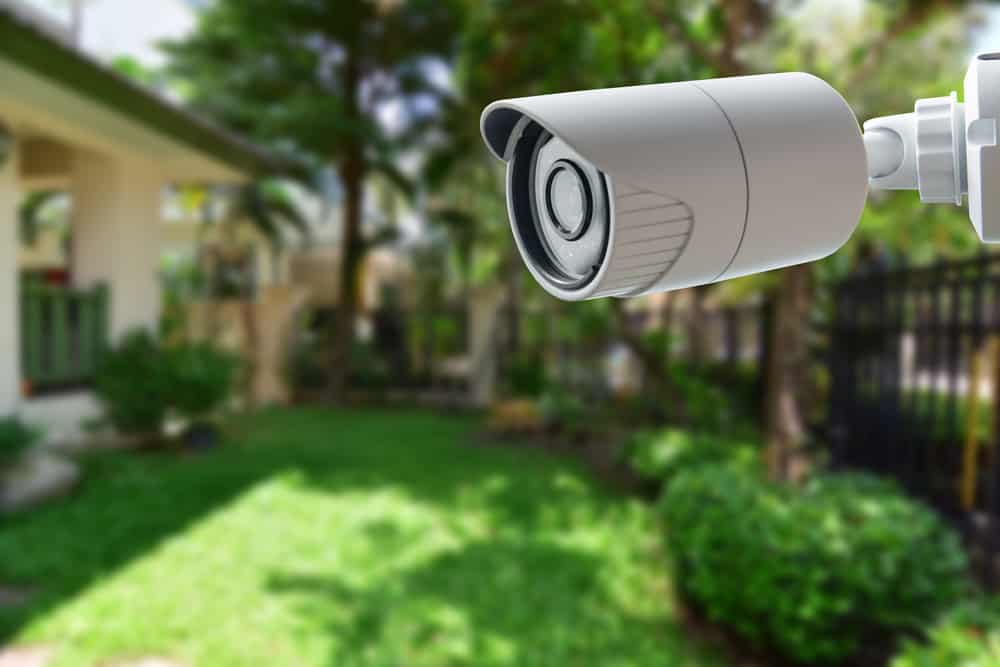
Three homeowners walk into a bar. One has a 4K security camera. One has a 5MP camera. One has a 1080p camera. Who has the best camera?
Plenty of us — even folks who know quite a bit about home security cameras — might struggle to answer that question. We might even be wondering why it matters in the first place. A picture is a picture, right?
Not exactly. While keeping up with the Joneses isn’t all that important for iPhones and TVs, security cameras are different. This isn’t just a question of watching “Thor: Love and Thunder” in Ultra HD. Depending on how crisp a picture your camera gives you, a porch pirate in your driveway is either an identifiable face with a license plate or a smudge of washed-out pixels.
Of course, the amount of detail you need from your camera is going to depend on what you’re recording. You might not have a porch pirate problem. You might just be trying to catch a raccoon that’s been rifling through your garbage cans. This home security guide will cover image quality basics, so you can make the best decision about your next security camera no matter your situation.
We’ll cover:
- Our top picks for security cameras with the best picture quality
- Factors that influence image quality
- Ideal camera specs and settings
Did You Know? A megapixel (MP) is equal to 1 million pixels.1 High-quality security cameras like the Lorex 4K boast 8MP resolution, or 8 million pixels per screen.
Best Security Cameras for Image Quality
For my money, the Lorex 4K Spotlight Indoor/Outdoor is probably the most powerful out-of-the-box security camera. It’s the first wireless 4K camera Lorex has brought to market, and it features person detection, color night vision, two-way audio, and a remote siren. The only rain on this parade? At $199, the new Lorex 4K is a little pricey. Read our full Lorex review for a closer look.
If you’re looking for a cheaper security camera that still packs a wallop, the Wyze v3 shoots 2K video for under $55. My only word of warning here is that Wyze’s lower preset bit rate may drag down its picture quality. Here’s our experience testing Wyze cameras.
For all the bell and whistles — plus a top system with professional monitoring and cloud storage — I’d check out Vivint. Vivint fits 4K sensors into its 1080p cameras, which means higher-quality images with lower file sizes. With Vivint, you also get a pro installation and plenty of smart home integrations. None of this is cheap, of course, but best-in-class hardwired cameras rarely are. Here’s our hands-on Vivint review for the full report.
FYI: If you think your 4K 12MP camera is hot stuff, consider that the human eye measures images at 576 MP.2
Image Quality Factors to Consider When Choosing a Security Camera
Before we dive in too deep, here’s a quick heads-up: conversations about picture quality can get mighty technical. Security cameras are amazingly sophisticated machines, after all. But making a decision about your next camera doesn’t require a Ph.D. in “megapixology.” If image quality is a concern — as it should be — you just need a basic grasp of the following five factors.
Resolution
Resolution determines how clean and detailed your picture is going to be. There used to be one unit of measurement, the pixel — hence 1080p, which is standard HD. These days, as the amount of pixels soars higher and higher, manufacturers have taken to using shorthand. 4K is really just 4,000 pixels, or 4,000p, for example. You’ve probably also seen 4K cameras with 8MP resolution.
So plenty of names, all saying the same thing. What does it mean for your next security camera?
What You Need to Know: While there are plenty of 720p cameras still floating around, 1080p is the line I’d draw in the sand for a new one. Daytime views from a quality 1080p camera can hold their own against 5MP or even 4K images. With the right bit rate (see below), you should also be able to capture details like faces and license plates from 30 to 40 feet away. Here’s a breakdown of the most common security camera resolutions.
| Category | Pixels (W x H) | Resolution |
|---|---|---|
| Low Definition | 704 x 480 | 480p |
| Low HD | 1280 x 720 | 720p |
| Standard HD | 1600 x 1200 | 1200p or 2MP |
| full HD | 1920 x 1080 | 1080p |
| Super HD | 2592 x 1944 | 5MP |
| 4K (coax) | 3840 x 2160 | 8MP |
| 4K (IP) | 4000 x 3000 | 12MP |
Note: 4K coax cameras stream video over traditional analog coaxial cables. 4K IP cameras use Ethernet connections to stream.
Pro Tip: Some cameras, like the Lorex 2K Pan Tilt, have sensors that record at 4K but stream at 1080p, providing sharper image quality while reducing file size.
Zoom
When you zoom in on an object with a security camera, it’s kind of like zooming in on an image on your laptop or mobile phone. The image simply gets magnified. How far you can zoom and still see clearly depends on your camera’s resolution (see above). The better your base resolution, the more details you’ll see when zooming in.
What You Need to Know: For most interior spaces, a 1080p camera will pack enough power to zoom in on any detail you’d want to pick out. For front and backyards, however, at distances of over 30 feet, a 5MP (around 2,600 pixels) or 4K camera is going to produce significantly crisper images than a 1080p camera.
Field of View (FOV)
Your camera’s field of view is how many degrees to the left and right you can see. The wider the view, the more space you can cover — with one important caveat. The wider you see, the less clearly you see. This loss in clarity can be considerable. I’ve seen 4K 360° panoramic cameras that turn human objects at 40 feet into blobs.
What You Need to Know: Wider isn’t necessarily better for your property. Lorex wired 4K cameras give you about 105 degrees, for instance. Vivint’s outdoor cameras have a 140° viewing range. Which is better? If I wanted a crystal clear headshot of a prowler at the backdoor, I’d aim a Lorex 4K at my doorknob. For detecting suspicious activity on my lawn, I probably go with Vivint.
FYI: High-resolution pan/tilt cameras have excellent picture quality and wider fields of view because they actually swivel and zoom, rather than taking in a single, static fisheye view.
Frames Per Second (FPS)
Fluid video is an illusion your camera creates when it merges a series of still shots rapidly. The more shots, or frames, your camera crams into a second, the smoother the picture looks. Default fps varies from camera to camera, with a range of 15 to 60.3 The average for surveillance cameras these days is 30 fps.
What You Need to Know: Some security cameras allow you to tweak fps. Many don’t. Ideally, your camera should be recording at between 15 and 30 fps, both of which are OK. The value of a lower frame rate is lower file size, which could come in handy if you’re recording locally to a microSD card.
Bit Rate
Bit rate is how much data your camera processes per second, audio included. If you take a 1080p camera that processes video at .5 Mbps per second, the final product is going to look a lot grainier and pixilated than the footage from a 1080p camera that processes video at 5 Mbps.
What You Need to Know: For most wireless security cameras, you aren’t going to have to worry about bit rate. It’s baked into your hardware. But you do need to be careful here; if the preset bit rate on your camera is too low, like in the example above, your footage is going to be low quality, no matter how high-res your camera claims to be.
Extra: Night Vision
Up top, I said that you might not even notice the difference between a 1080p picture and a 4K picture during the day. At night, you might. That depends on a number of factors, including range, sensor size, lens focal length, and the quality of illumination. So, if keeping watch over your property at night is important, look for a camera capable of night vision. Here are our top picks for cameras with night vision this year.
Did You Know? High quality video is good for identifying faces, but it eats up more space and requires a faster internet connection to stream without lag or buffering. If you’re looking to outsource your storage, here are a few security cameras we like with cloud storage plans.
Ideal Image Quality Specs for Your Security Camera
As we saw above, when we’re talking about camera image quality, the conversation can get pretty technical, pretty fast. That doesn’t mean you should close your eyes and pick a security camera out of a hat. A basic grasp of the fundamentals goes a long way. Here’s a quick roundup of our findings so far.
| Specification | What You Want |
|---|---|
| Resolution | 1080p – 4K |
| Field of View | 105° (for doors) – 140°+ (for yards) |
| Frames per Second | 15 – 30 fps |
| Bit Rate | 2.5 – 5 Mbps |
Note: For video encoded with H.264, the minimum bit rate for a 1080p camera is 2.5 Mbps. When encoded with H.265, the bit rate should be at least 5 Mbps for crisp, detailed images.
Locating most of these specs is pretty straightforward — except for bit rate, which may take a little sleuthing to track down. As for tweak room, for most wireless security cameras, these specs will be fixed. For more advanced users running wired cameras off network video recorders (NVRs) or digital video recorders (DVRs), you should be able to tweak everything from frame rate to compression.
Pro Tip: To cut down on storage space, you’ll want a camera you can program to record motion events only. That way, you’re only recording 15-second clips when something happens, not saving 24 hours of footage per day.
Final Thoughts
Image quality is a proverbial can of worms. It involves a bunch of arcane measurements, units, and functions, some of which don’t make much sense to anyone but experts. The problem is, you need to familiarize yourself with those building blocks if you want to purchase a security camera that’s going to make you happy.
Hopefully, you’ve got that basic knowledge now. We’ve covered the most important concepts related to image quality — specifications like resolution, frame rate, bit rate, and field of view — and explained how they influence everything from streaming to storage. You’ve also got some solid camera recommendations to get you started.
But that’s still just scratching the surface. There are plenty of other cameras with great picture quality out there. For even more options, scroll up and check out our security camera buyer’s guides and hands-on reviews.
FYI: SafeHome is now livestreaming! Got questions about home security? Email us at info@safehome.org, and we’ll answer your questions live on our next stream—personalized advice, straight from the experts. Find us on YouTube @safehome_org. Don’t miss out!
Frequently Asked Questions
- Do 1080p cameras have good image quality?
A 1080p camera from a brand name should give you very good image quality, but the quality of the picture also depends on processing quality (i.e., bit rate), so you should check that out, too.
- Are 5MP cameras better than 4K cameras?
No, 4K cameras shoot at up to 12MP, so images will be crisper and more detailed.
- What’s the minimum resolution I need for my security camera?
For clear shots during both the day and night, you should stick to cameras that are 1080p and above.
- What’s the difference between frame rate and bit rate?
Frame rate measures the amount of frames your camera records in one second. Bit rate measures how much data your camera processes per second. While frame rate for surveillance cameras is pretty standard (15 to 30 fps), bit rate can vary substantially.
- Should I store my videos locally or in the cloud?
If you record locally onto a NVR, DVR, or a microSD, your data will be private and you’ll pay no fees, but you’ll have a limited amount of space. If you upload your videos to the cloud, you’ll have unlimited storage (for a limited period of time), but your footage won’t necessarily be private and you’ll have to pay a monthly fee.

